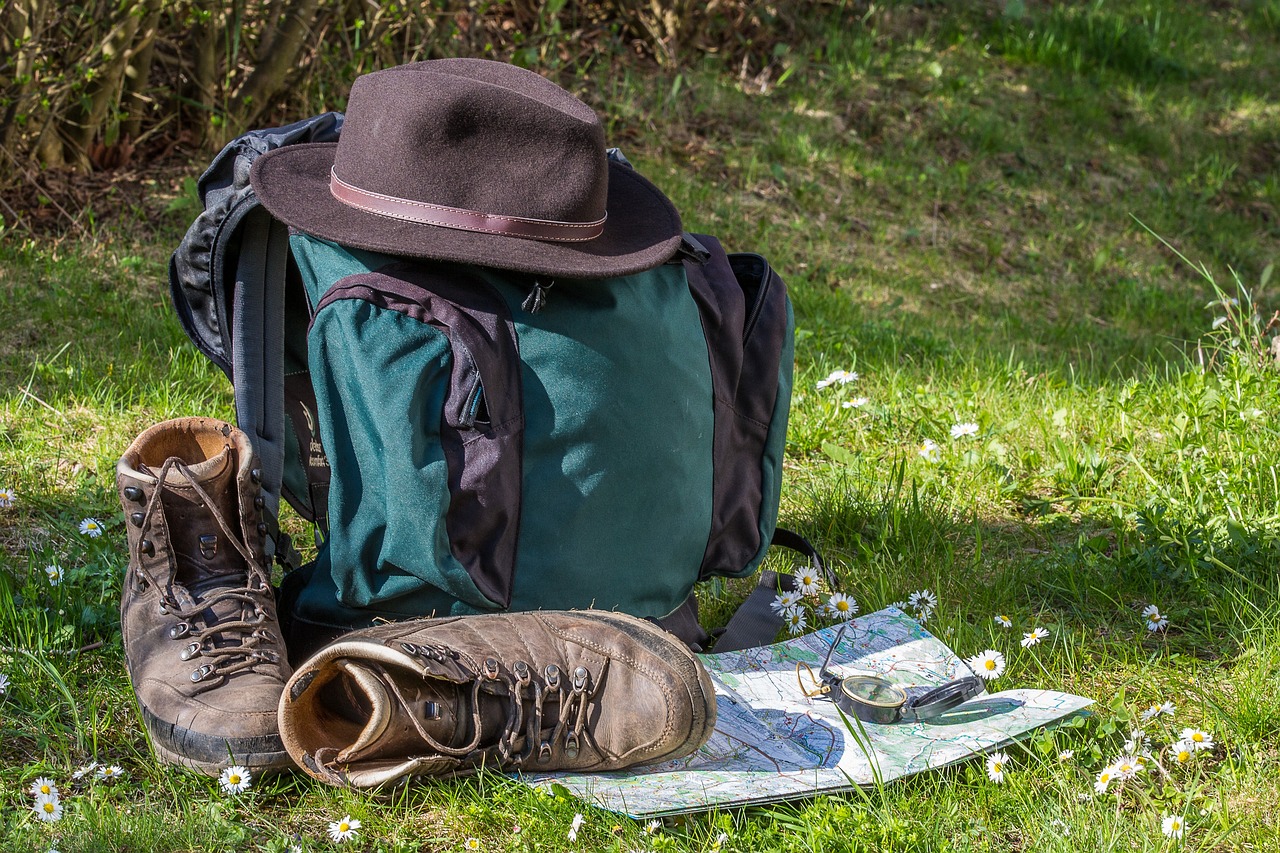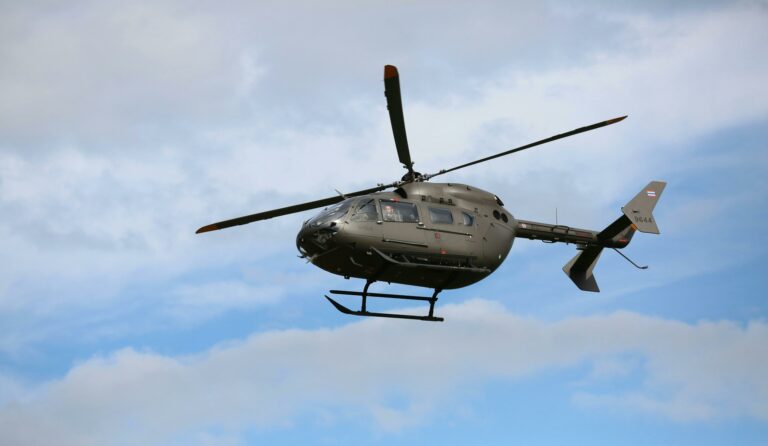Wildlife Safaris and Animal Encounters: Adventures in Natural Habitats
Embarking on a wildlife safari is a thrilling experience that allows you to immerse yourself in the beauty and wonder of nature. As you venture into the wilderness, be prepared to encounter a diverse range of wildlife in their natural habitats. From majestic elephants grazing peacefully to elusive big cats prowling through the grasslands, each sighting is sure to leave you in awe of the world around you.
The early mornings and late afternoons are prime times for wildlife viewing, as many animals are most active during these cooler hours. Be ready to rise with the sun and set out on game drives in search of the creatures that call the savannah, forests, or wetlands home. Remember that patience is key, as spotting wildlife in their natural habitat requires a keen eye and a willingness to wait for the perfect moment to witness these magnificent animals in action.
Best Destinations for Animal Encounters
Exploring the vast plains of the African savannah in Kenya is an exhilarating experience for wildlife enthusiasts. The Masai Mara National Reserve is renowned for its unparalleled opportunities to witness the iconic Big Five – lions, leopards, elephants, rhinos, and buffaloes. Visitors can also witness the spectacular wildebeest migration, a natural phenomenon that captures the essence of raw, unbridled wilderness.
Journeying to the Galapagos Islands in Ecuador offers a unique chance to encounter a diverse array of endemic species. From the majestic Galapagos tortoises to the playful sea lions and curious blue-footed boobies, the islands are a haven for close encounters with remarkable wildlife. Snorkeling with marine iguanas and swimming alongside penguins provide unforgettable moments in this pristine and ecologically rich archipelago.
– Witness the iconic Big Five in Masai Mara National Reserve
– Experience the spectacular wildebeest migration
– Encounter diverse array of endemic species in Galapagos Islands
– Interact with Galapagos tortoises, sea lions, and blue-footed boobies
– Snorkel with marine iguanas and swim alongside penguins
Tips for a Successful Wildlife Safari
When embarking on a wildlife safari, it is crucial to pack appropriate clothing and gear for the outdoor adventure. Opt for neutral-colored attire to blend in with the natural surroundings and ensure comfortable, durable footwear for long days spent exploring the wilderness. Don’t forget essentials like sunscreen, insect repellent, and a wide-brimmed hat to protect yourself from the elements.
Researching the wildlife species native to the location you will be visiting can enhance your safari experience immensely. Familiarize yourself with the behaviors and habitats of these animals to increase your chances of spotting them in their natural environments. Additionally, consider hiring an experienced guide who can provide valuable insight and help navigate the terrain safely during your wildlife expedition.
What should I pack for a wildlife safari?
It is recommended to pack light, breathable clothing, sturdy walking shoes, a hat, sunscreen, insect repellent, binoculars, a camera, and any necessary medications.
Will I be guaranteed to see all the animals on a wildlife safari?
While sightings cannot be guaranteed, visiting reputable national parks and wildlife reserves increases your chances of seeing a variety of animals in their natural habitat.
Is it safe to go on a wildlife safari?
As long as you follow the guidance of your tour guide and stay within designated areas, wildlife safaris are generally safe. It is important to respect the animals and their environment.
How close can I get to the animals on a wildlife safari?
It is important to maintain a safe distance from the animals to ensure their well-being and your safety. Your tour guide will provide guidelines on how close you can get to different species.
What is the best time of year to go on a wildlife safari?
The best time to go on a wildlife safari varies depending on the destination and the animals you want to see. Research the peak seasons for animal sightings in the region you plan to visit.






